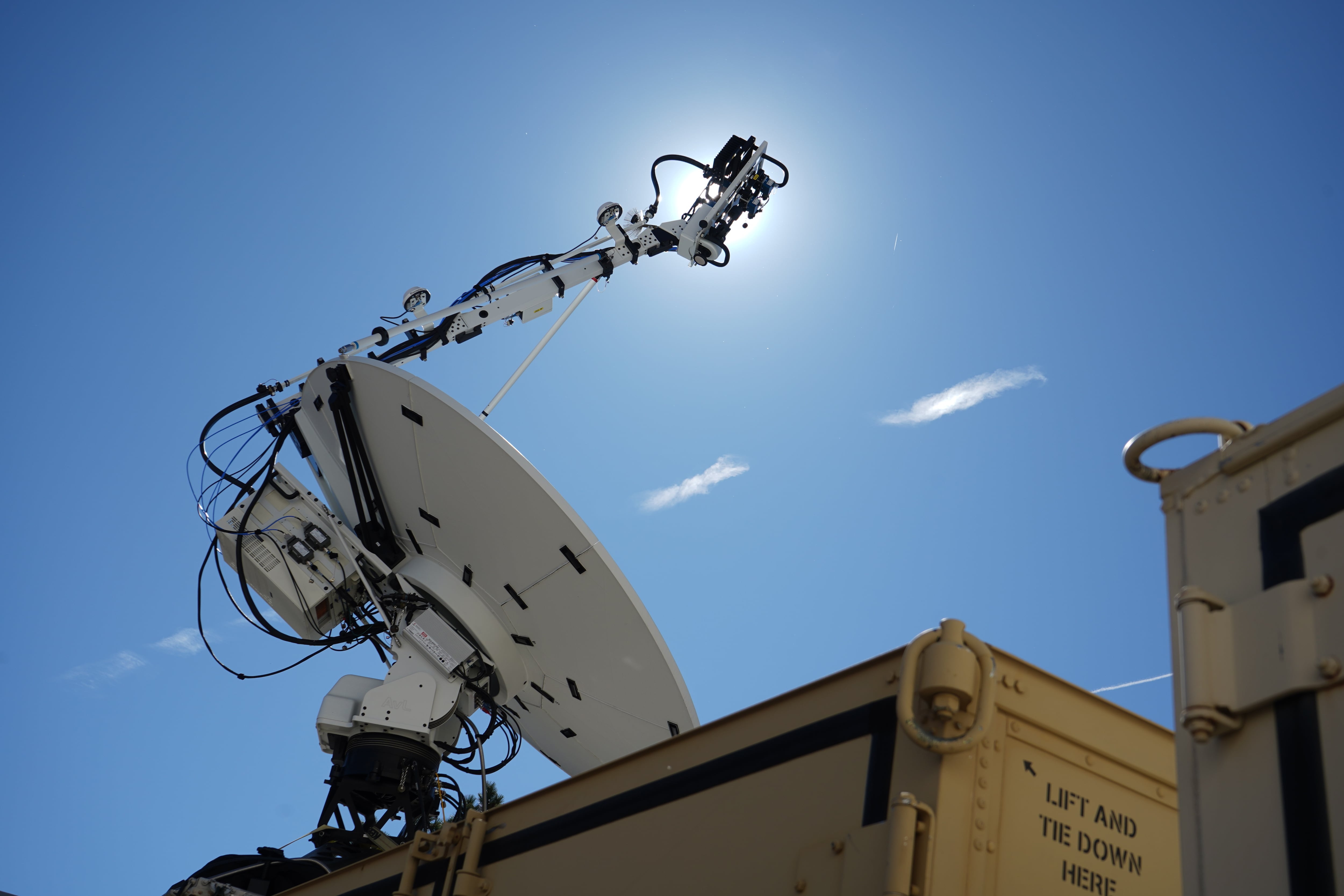The Army's ongoing series of Network Integration Evaluations seek to test-drive proposed capabilities on the Army network – and critics of the program say it costs money, time and effort in the many failed experiments along the way. But Army leaders defend NIE, even as the service prepares to launch a similar-but-different effort known as Army Warfighting Assessments.
They each will happen yearly and each aim to get better technologies into the hands of soldiers faster, but AWA is expected to be more open in experimentation while NIE tests how capabilities work – or don't work – on the Army network. Army leaders say despite the criticisms of NIE, both efforts have their value.
"NIE's a unique opportunity to evaluate a network that's in an operational unit that's in the field. It's a unique capability. It's also a testing event in which major programs of record go through their testing criteria with a combination" of the Army's Test and Evaluation Command, Brigade Modernization Command and the acquisition, logistics and technology arm," said Maj. Gen. Bo Dyess, deputy director and chief of staff of the Army Capabilities Integration Center at Army Training and Doctrine Command. "In testing the variables are constrained so you can determine if the things that are going into major milestone decisions are going to meet hose milestones."
RELATED: Find more from AUSA Global Force here.
Dyess spoke March 15 as part of a panel at the AUSA Global Force Symposium in Huntsville, Alabama.
AWA will be a different kind of test for would-be Army technologies, Dyess said. For example, in a recent NIE, an operator wanted to switch their headset combination during a major test, but was told no because it could interfere with the test, Dyess said.
"Now the difference in NIE and AWA is that you're actually able to introduce variables and it makes it much more like an experiment than a test. And that way you can bring in a British brigade or n Australian brigade or Dutch platoon or a Canadian unit, or use a different type of robot," he said. "That's the major difference between the AWA and NIE, it's that you can introduce different variables, you can see if you can pass voice and data on the network between coalition members, in between joint forces, in between different Army units with different types of capabilities sets."
Maj. Gen Cedric Wins, Army director of force development in the Office of the Deputy Chief of Staff, highlighted the value of testing and evaluating systems on the Army network at NIE, allowing the Army to learn more about the network capabilities the service is pursuing and look ahead to the future.
"I think the NIE for all practical purposes has given us a crucible to look at many of the systems that we have sought to improve upon and build into our fighting forces," Wins said. "We have seen useful things from NIE…in our ability not only in the Army formations, but with joint partners and coalition partners, there's been a lot of value. And I think that recognition allowed Army leadership to say that having an AWA in concert with an NIE where we have more free play, more introduction of capabilities that the Army can look at from its exploratory value, that will just enhance what we're seeing in both of those events to allow the Army to experiment, to allow the Army to innovate and to allow the Army to introduce things."








